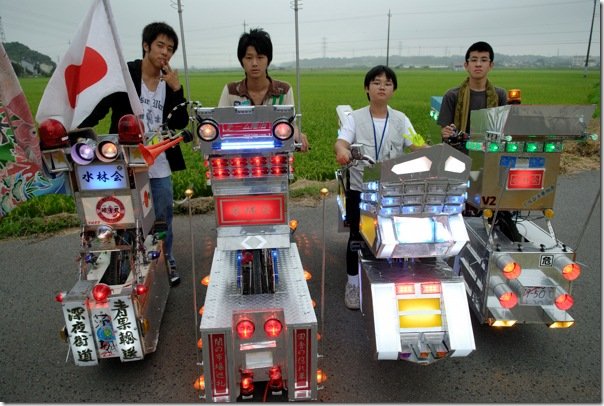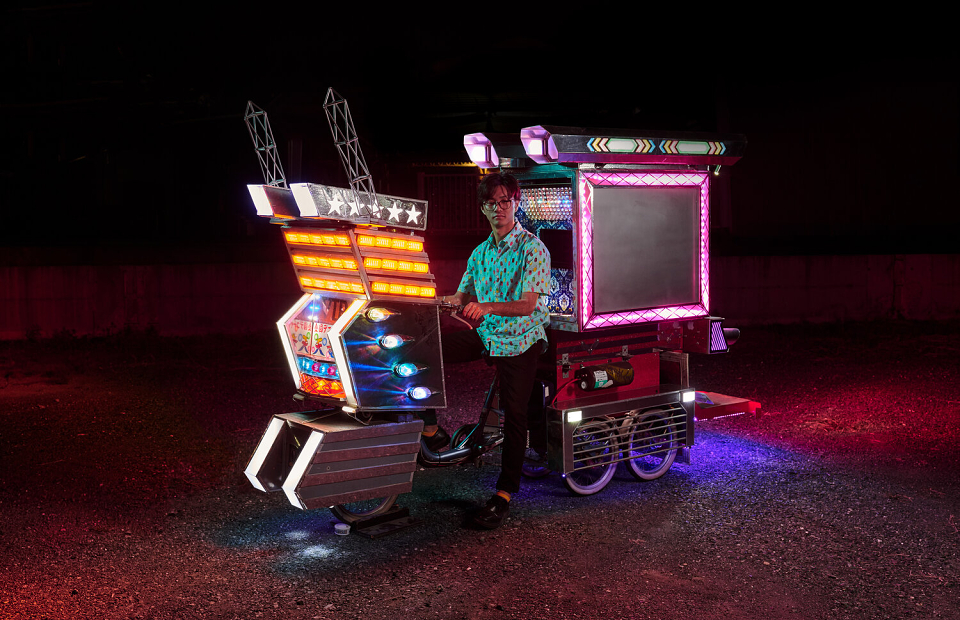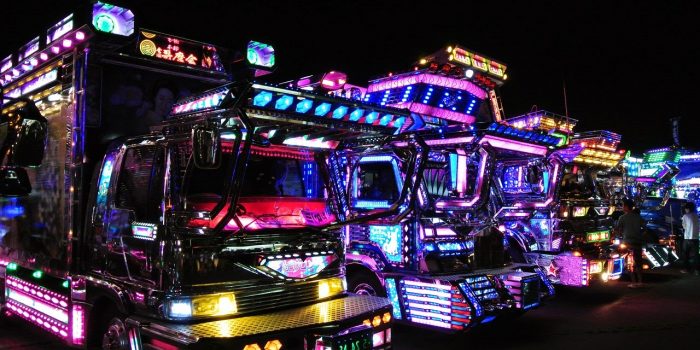Japan is home to some unique and interesting traditions and Dekochari is one of them. Dekochari is a bicycle decoration custom that is specific to Japan and is characterized by the use of plywood accessories, chrome plating, light displays, and hi-tech audio systems.
The origin of Dekochari can be traced back to the 1970s when Japan’s Dekotora truck decoration trend was just starting and gaining attention from people all around the world. Since kids did not have access to a truck of their own to decorate, they started taking part in the culture by painting their bicycles and thus gave rise to the dekochari culture which is prevalent even today. Due to the excessive decoration and lighting which led to legal problems faced by the drivers, the dekotora and dekochari culture has long since vanished from the roads of Japan and is now a rare sight to see on specific occasions.

As mentioned earlier, the decorations used for dekochari bicycles are made from plywood and chrome plating which may seem lightweight on the outside but is made of heavy equipment and end up making the bicycle weigh close to 100 kilograms! Hence, most of the dekochari bicycle owners are young adults and teenagers who want to let their creative juices flow and is not feasible for everyday use.
There are a few dekochari bike gangs in Japan which include All Japan Hishyomaru fleet, the All Japan DC Club Ryumaki and All Japan Kyokugenmaru Gang. These bicycle gangs pose no threat to society, rather use their creativity to decorate their bikes and showcase their skills during special events. Since an elaborate light display and hi-fi sound system is a must for dekochari bikes, most of the vehicles feature a car battery underneath the shiny decoration to operate the system.

While these bikes are rarely seen on the streets nowadays, it’s still a big part of Japanese culture which the younger generation is doing their best to preserve!


